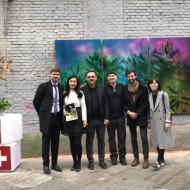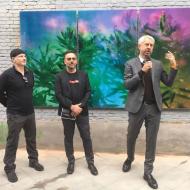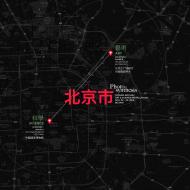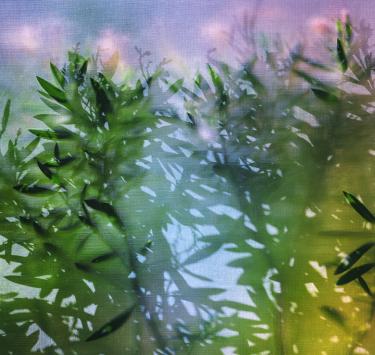Techno-botanic installation at the 5th Art and Science International Exhibition and Symposium (Tasies 2019) in National Museum of China, Beijing.
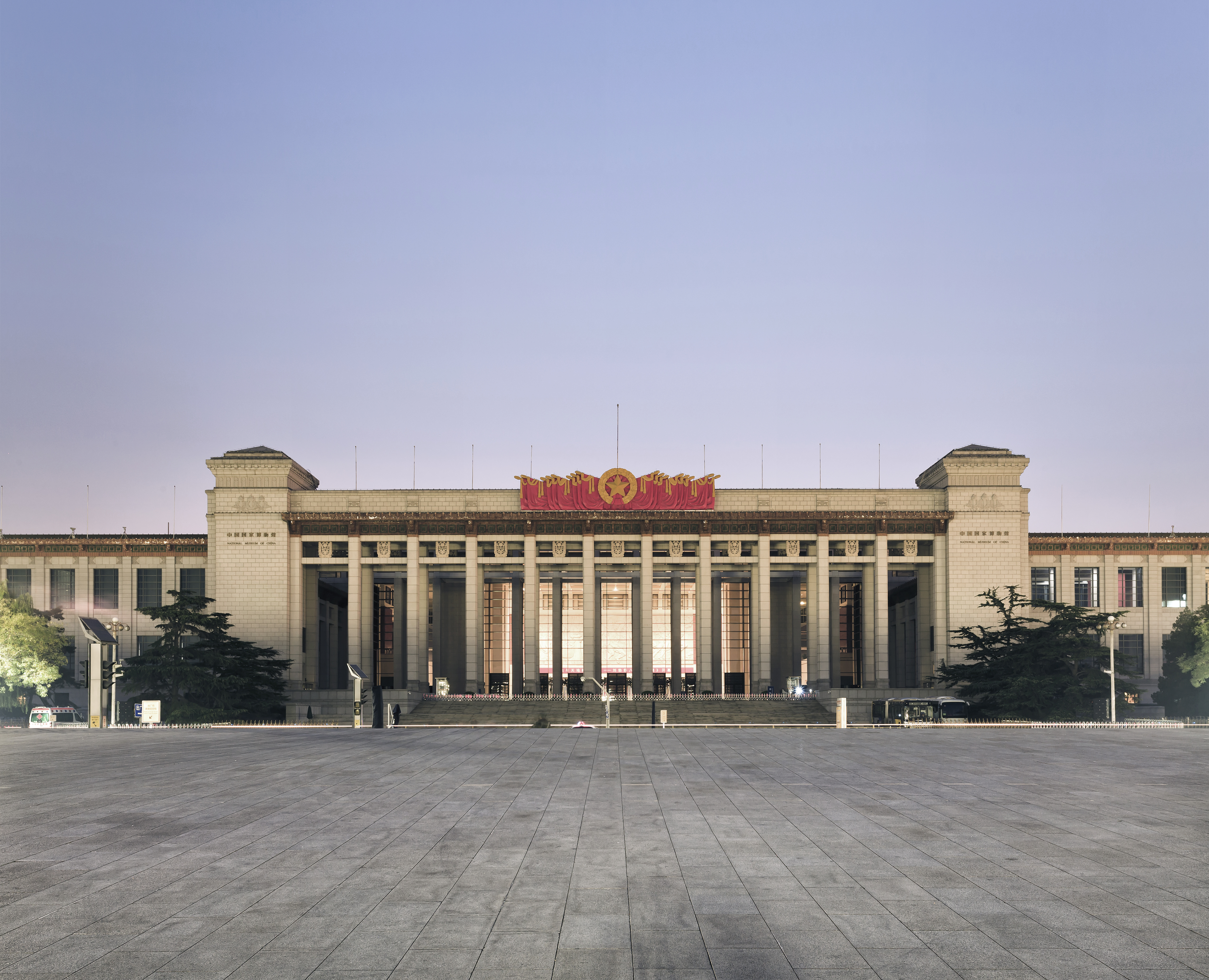
Technology and art demonstration.
Responding to a call for projects from Tsinghua University in Beijing, compáz has been selected with a double photovoltaic installation. Photo—Synthesis is a poetical serie of artwork that demonstrate technologically and artistically the power of the sun. As part of compáz, artist-photographer David Hartwell explores the relationship of usefulness and formal beauty expressed by commonplace organisms.

Phase A
Exhibited at the national museum in Beijing, the first piece represents «Phase A» and unexpectedly demonstrates the aesthetics of the solar panel as an artistic medium. it also questions the function of an inert medium in favour of an active, energy-producing surface.
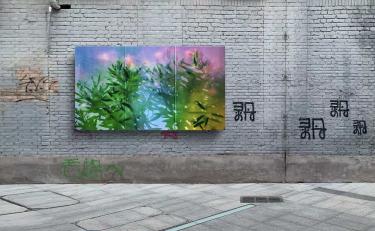
Phase B
The second piece, Phase B, is exhibited in Beijing's Art District, 798 Art Zone, in the open air, it fulfils its role as a photovoltaic installation, but demonstrating its artistic and emotional potential.
Plants convert sunlight into chemical energy through a process known as photosynthesis. Solar panels convert sunlight into electricity. Both produces energy. Compáz lens superficially reveals the raison d’être of the aesthetic of plants: maximum effect for minimum means. Yet, the association is always mindful not to imply that beauty is a de facto by-product of efficiency. Bridging the divide between Romanticism and Realism, these images do entertain the possibility that plants might be more than just passive recipients of evolutionary pressures.
The technologies proposed by Photo-Synthesis have been largely developed by the company SOLAXESS, manufacturer of photovoltaic panels and industrial partner of CSEM (Swiss of electronics and micromechanics). The project also received the support from the Canton of Neuchâtel, the City of Neuchâtel and Swissnex - the Swiss global network for education, research and and innovation.


